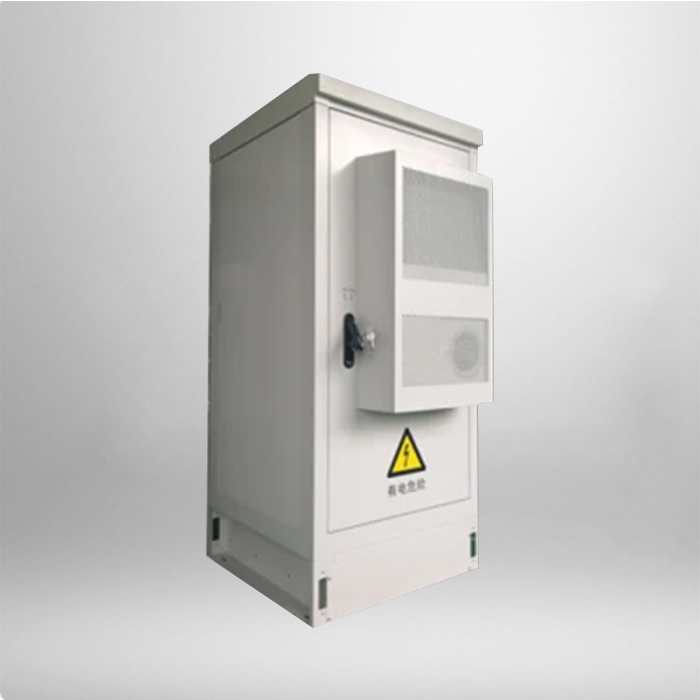
Outdoor telecom cabinets play a crucial role in improving network performance for telecom operators and service providers. These cabinets are designed to protect sensitive telecom equipment from harsh environmental conditions such as extreme temperatures, humidity, and dust. By housing equipment such as switches, routers, batteries, and power supplies in outdoor cabinets, telecom operators can ensure that their network infrastructure remains operational and reliable.
One of the key benefits of outdoor telecom cabinets is their ability to extend the service life of telecom equipment. By providing a protective enclosure for equipment, outdoor cabinets can help prevent damage caused by exposure to the elements. This can reduce the need for costly repairs or replacements, ultimately saving telecom operators time and money.
In addition to protecting equipment, outdoor telecom cabinets also play a critical role in ensuring network uptime. By securely housing equipment in a weatherproof enclosure, cabinets can help prevent downtime caused by environmental factors. This is particularly important in remote or outdoor locations where equipment may be more vulnerable to damage.
Furthermore, outdoor cabinets can help improve network performance by increasing the efficiency of cooling systems. By incorporating features such as ventilation fans, heat exchangers, and air conditioning units, outdoor cabinets can help regulate temperature levels and prevent overheating of equipment. This can help optimize the performance of telecom infrastructure and prevent equipment failure due to heat-related issues.
Another advantage of outdoor telecom cabinets is their scalability and flexibility. Cabinets come in a variety of sizes and configurations, allowing operators to customize their infrastructure based on their specific needs. Whether deploying a small cell site in a rural area or expanding a network in a densely populated urban environment, outdoor cabinets can be tailored to accommodate different equipment requirements.


